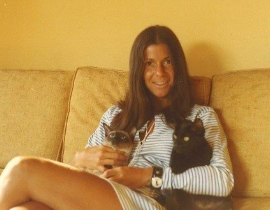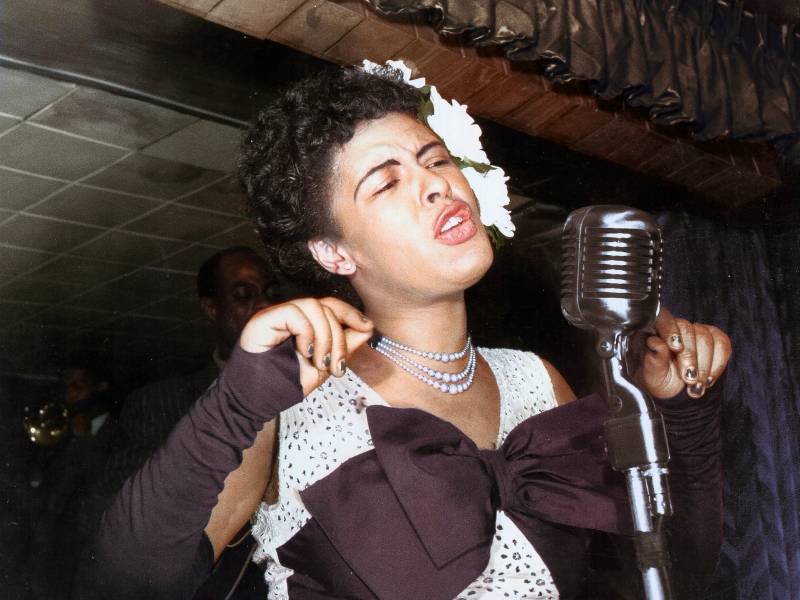Billie Holiday‘s life and artistry have been analyzed, scrutinized, interpreted and embellished more than any other jazz singer in history. But the first biographer to fully immerse herself in the world of Lady Day was a New York journalist and avid Holiday fan named Linda Lipnack Kuehl. For some eight years in the 1970s, Kuehl interviewed everyone she could find who had a personal association with Holiday—musicians, managers, childhood friends, lovers and FBI agents among them. Then, before she could finish her biography, Kuehl died: In 1978, her body was found on a Washington, D.C. street. Her death was ruled a suicide.

Kuehl left behind a trove of notes, transcripts and some 200 hours of interviews on cassette tapes—mostly in shoeboxes, some labeled, some not. That archive is where director James Erskine first began pulling together the story Kuehl was never able to finish. His new documentary, Billie (out Dec. 4 on VOD and in select theaters), is about both Holiday—as told through the voices of people who knew her—and Kuehl’s obsession with crafting her biography.
“I’d like to write something that is real,” we hear Kuehl tell one of her interviewees in the film, “that is really Lady Day, and people who don’t see her in any sentimental way, you know? Really, as she is.”
Erskine describes Kuehl as “a brilliant interviewer” who tracked down everybody from various stages of Holiday’s life. “What was extraordinary was it felt like an archaeological journey,” he says, “because it felt like we were excavating voices lost to the past.” Those now-deceased jazz voices include Count Basie, Charles Mingus, John Hammond, Jo Jones and Sylvia Syms.
“She excited me with just three notes,” drummer Roy Harte tells Kuehl. “She looked like a panther. It’s the only way I can describe it. With the most unbelievable face in the world,” marvels Syms, singer and Holiday’s friend.

9(MDAxOTAwOTE4MDEyMTkxMDAzNjczZDljZA004))

